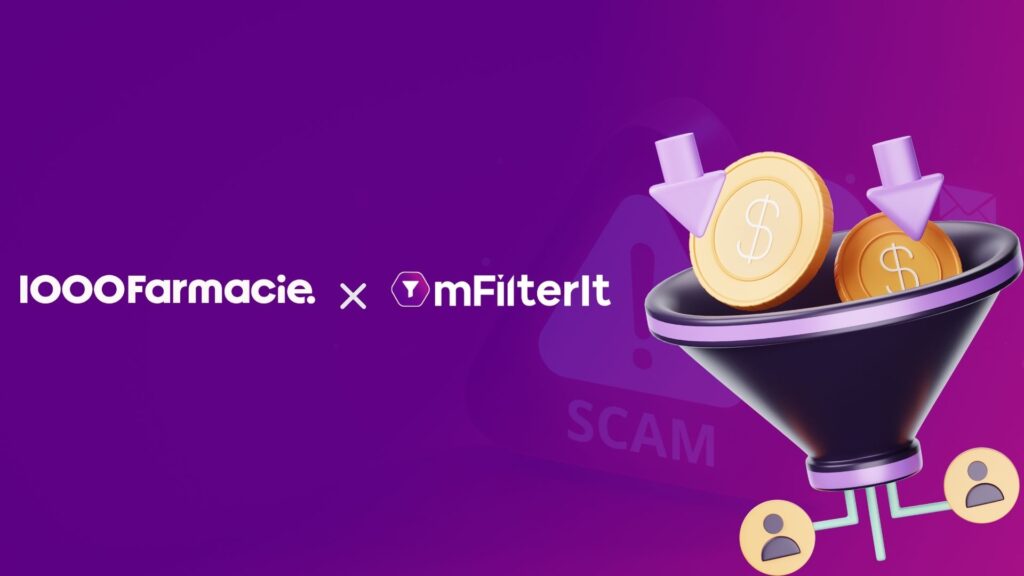The CNN-Applebee controversy that happened in February 2022 brought a serious problem faced by digital advertisers to light. The TV news channel ran a “squeeze back” ad for Applebee’s, which was displayed right next to their coverage of the Russia-Ukraine conflict. This attracted a lot of backlash from the public.
The problem of advertising adjacency issues is even more serious in the digital world. While TV advertisers know exactly what content will be shown along with their ads, this isn’t true for most online advertisers. While the Applebee incident might have been the result of oversight, the truth is that with TV ads, advertisers have the freedom to make decisions in the interest of their brand safety best practices.
Brands using programmatic advertising have little to no control over where their ad is published. Even in the cases where the brand can exercise control over who publishes their ads, vetting individual publishers can prove to be a complex and time-consuming task.
A Times UK article sheds more light on this issue by naming several well-known brands whose ads are being displayed on extremist websites publishing violent and political views. Brands need to start thinking about this emerging threat and update their brand protection protocols to avoid it, and this starts with awareness.
Table of Contents
ToggleBrand Safety Risks
The risks to brands’ reputations are not just limited to extremist websites. In this section, we will explore the biggest threats to brand reputation. Let’s get started:
1. M algorithms
“Malgorithms” is the term used to describe instances where there is a contextual misalignment between the content of a page and the ad being displayed on it. Here’s an example of the same:
The advertisement for the Hollywood film “2012” was displayed right on top of a news story about the devastating Chile earthquake. While some viewers may find this particular example funny, there are much darker ones that may lead to damage to the advertising brand’s reputation.
2. Fake News
Fake news is a problem that plagues multiple areas of our lives. For marketers, this problem also poses threats to their brand’s online reputation. Consumers say that they will outright stop purchasing from brands that have ads appearing on websites peddling fake news. In a 2021 survey, respondents from the UK said they would boycott their favorite brands if their ads appeared on websites publishing COVID-19 conspiracy theories.
This is primarily because the advertising budgets allocated to publishing on these websites are what keep them alive and kicking. Even if a brand is not aware that its ad is being displayed on a fake news website, the harm to its reputation is going to be very real.
3. Extremist Sites
We have already briefly discussed an example of advertisements appearing on extremist websites. This problem is quite prevalent, with ads of some of the biggest brands on the planet appearing on websites discussing extremist religious, sexist, racist, and fundamentalist views.
The problem with this is quite similar to the problem with fake news websites. A portion of the ad budget is paid to these publishers, which enables them to continue peddling their hurtful views on the web. Consumers have made this connection and are actively voicing their concerns against brands whose ads appear next to extremist content.
4. Unsafe YouTube Ad Placements
These problems are not just limited to third-party websites that work with advertising networks such as Google’s DoubleClick Ad Exchange. Some brands have faced serious backlash because their ads have appeared on extremist YouTube videos. Here’s an example:
Nissan’s ad is being played right before a video discussing racist views. Well-known brands like Netflix, LinkedIn, Mozilla, Amazon, and Adidas (among many others) have had their ads appear on videos published by extremist channels on YouTube. Such instances pose a serious threat to the online brand protection efforts of these brands.
Best Brand Safety Practices to Incorporate
Thankfully, brands that depend on digital advertising aren’t completely helpless. There are a number of brand safety best practices that you can employ to protect the reputation of your brand:
1. Define safety standards for your brand
This is the most basic yet important step that any organization can take in this matter. Brands must have safety standards that clearly define the following:
- A list of ad publishers that are to be avoided
- What content is off-limits for ads, and
- How these websites and content pieces should be vetted and avoided
For instance, you can decide to advertise exclusively with publishers that are transparent about their inventory and publish GARM (Global Alliance for Responsible Media) compliant content.
2. Get A Transparent Overview
The advertisers must be aware of where their ads are served and where the ad spends are invested in the ad supply. This will help the advertisers optimize their campaigns better and ensure their ads are not vulnerable to fraud.
3. Hire A Trustworthy Programmatic Platform
The programmatic ad platform you use has perhaps the biggest influence on where your ad will end up. That’s why it is important to work with highly reputable publisher partners. The single most important quality to look for in a trustworthy programmatic publisher is transparency. Make sure you work with programmatic publishers that offer unrestricted access to their inventory, so you can see where your ad may end up and make an informed decision.
4. Run Ads On A Premium Inventory
Many brands avoid premium inventory and stick to blind bidding, citing budget constraints. While access to a premium inventory may be a little expensive, it is a small price to pay to protect the online reputation of your brand.
5. Go Beyond Keyword-Blocking
Keyword blocking is widely considered an effective way to avoid questionable publishers. However, the generic nature of this strategy deprives brands of access to many premium websites that publish great, contextually relevant content.
6. Rely on Context Than Content
Instead of relying on crude methods like keyword blocking, brands pay attention to the context of the content on websites where their ads may be displayed. Contextual targeting doesn’t just ensure the protection of your brand’s reputation, it also has the potential to deliver better returns on your advertising investment.
7. Set A Balance Between AI & Human Moderation
Many advertisers depend on AI-powered brand protection solutions to vet publishers and ensure their ads end up next to high-quality, contextually relevant content. While this strategy is superb, it pays to remember that it isn’t bulletproof. To make it bulletproof, brands must consider combining AI intelligence with the oversight of human moderators. This way, the subjects and elements that an AI algorithm may miss, like cultural differences, will also be accounted for because of the human moderators.
Take A Fearless Approach with mFilterIt
While paving the way through the turbulences of digital advertising, advertisers can still advertise with confidence with the right solution in their hands. mFilterIt empowers advertisers to leave a sigh of relief when advertising by assuring that their ads are placed in a safe environment.
mFilterIt’s brand safety solutions software will help to detect unsafe ad placements adhering to the GARM guidelines. It also analyses the content beside the ad placement based on contextuality and relevancy and ensures the ad is placed in a safe and relevant ad placement.
Way Forward
In a time when brands are being accused of funding terrorist groups and extremist views because of where their ads appear, having a holistic approach to brand safety can make all the difference. Achieving perfect brand reputation protection may be difficult, but it is the need of the hour.
Get in touch to learn more about brand safety in the digital ecosystem.









